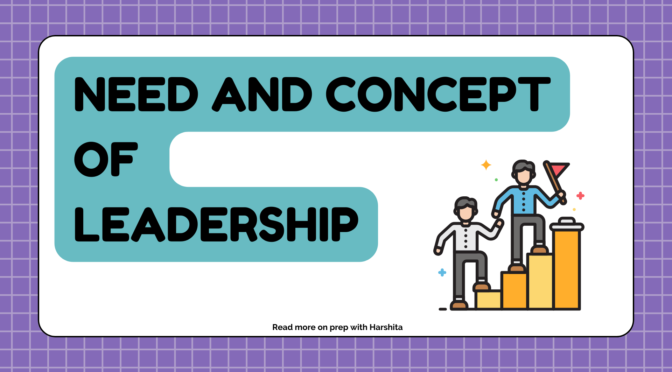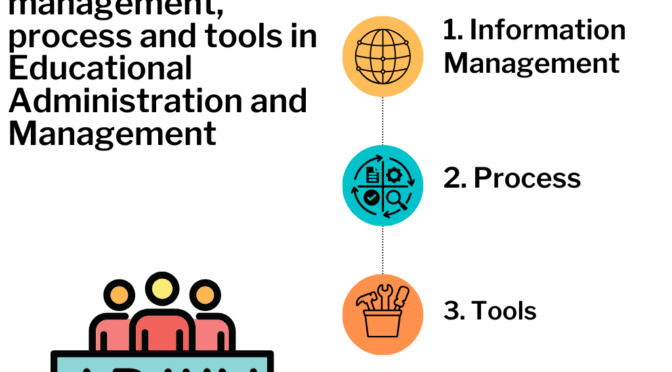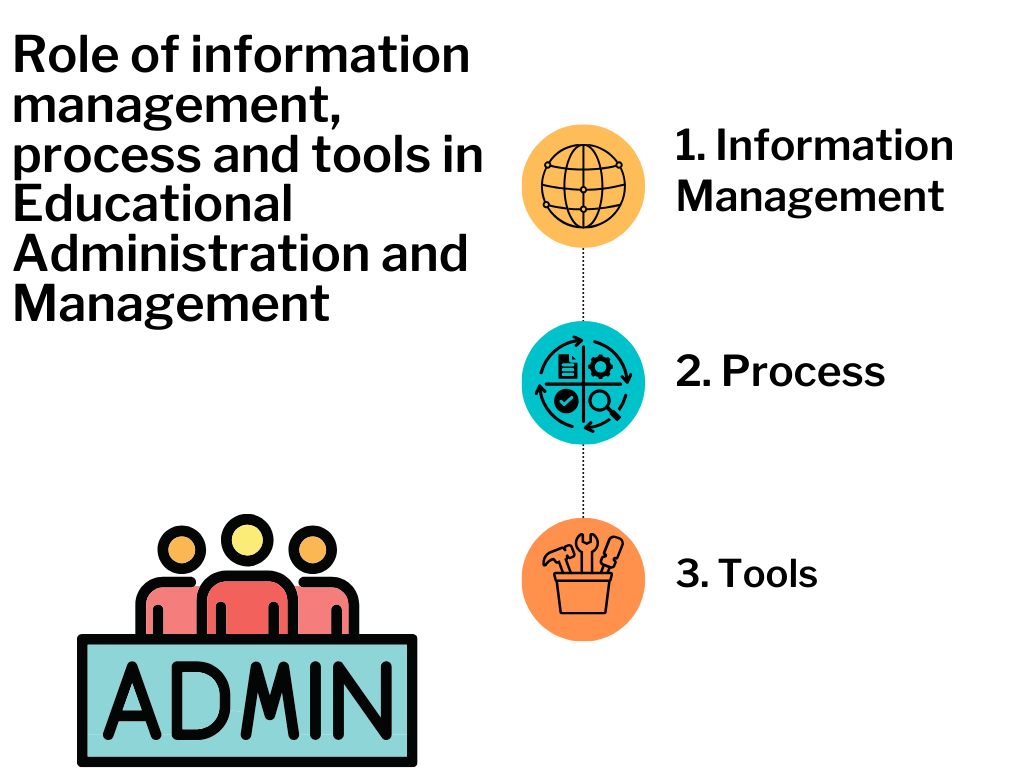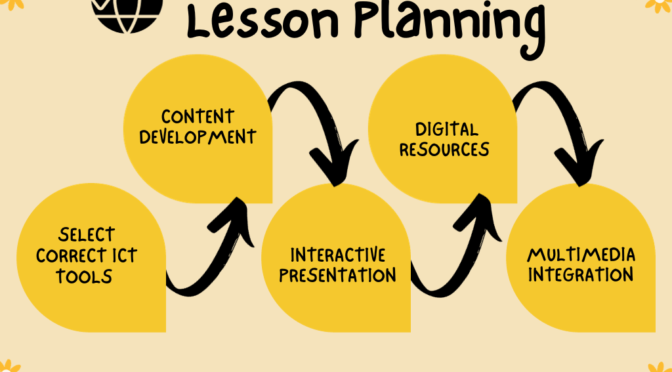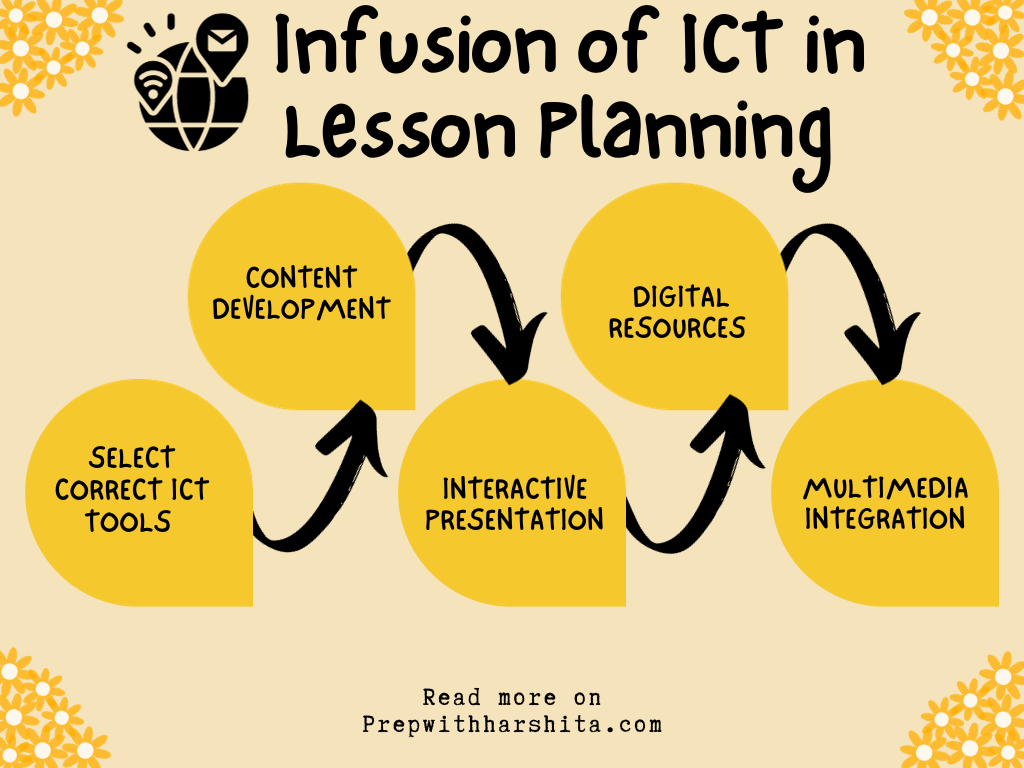Leadership in education plays a crucial role in shaping the future of individuals and society as a whole. Educational leaders, such as principals, administrators, and teachers, have the responsibility to create a positive and effective learning environment.
Need and concept of leadership in education:
Vision and Direction:
- Educational leaders provide a vision for the future of the institution. They set clear goals and objectives, outlining the direction in which the school or educational organization should progress.
- A well-defined vision helps in aligning the efforts of educators, students, and other stakeholders toward common objectives.
Effective Management:
Education leadership involves efficient management of resources, including human resources, budget, and facilities. Leaders must make strategic decisions to make the best learning environment.
Instructional Leadership:
Effective leaders actively participate in the improvement of teaching and learning processes. They support professional development for teachers, encourage innovative instructional methods, and foster a culture of continuous improvement.
Advocacy for Education:
Educational leaders often serve as advocates for education, both within their institutions and in the broader community. They may work to secure necessary resources, influence education policies, and address the needs of their students and staff.
Professional Development:
Leaders support the ongoing professional development of educators, recognizing the importance of continuous learning to improve teaching practices and stay abreast of educational advancements.
Creating a Positive School Culture:
Education leadership involves creating a positive and inclusive school culture. Leaders play a key role in promoting values such as respect, collaboration, and a commitment to lifelong learning among both students and staff.
Ethical Leadership:
Education leaders must model ethical behavior and uphold high standards of integrity. They set an example for students and staff by demonstrating honesty, fairness, and transparency.
Also Read: Concept of TQM

Also Visit: Prep with Harshita

